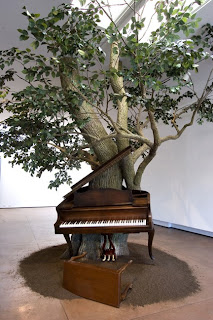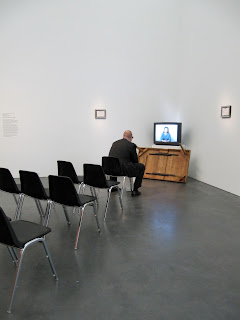- In Living Color - a sketch comedy television series, which originally ran on the Fox Network from April 15, 1990 to May 19, 1994, created and written by and staring the Wayans brothers. The title of the series was inspired by the NBC announcement of broadcasts being presented "in living color" during the 1950s and 1960s, prior to mainstream color television. It also refers to the fact that most of the show's cast was predominantly African-American, unlike other sketch comedy shows whose casts were usually mostly white.
- Spike Lee Joints – a term which refers to the films of African American filmmaker Spike Lee. These films often explore American race relations and the closing credits always end with the phrases "By Any Means Necessary", "Ya Dig" and "Sho Nuff".
- Bigger & Blacker - an album by Chris Rock, originally released on July 13, 1999, on the Dreamworks label. The album features live stand-up comedy tracks recorded for an HBO special at the Apollo Theater in Harlem and studio-recorded comic sketches.
School Daze
Spike Lee
1988
In Living Color: Introducing Homie D. Clown
Damon Wayans
June 17, 1990
Don't Be a Menace to South Central While Drinking Your Juice in the Hood
Written by Shawn & Marlon Wayans
Directed by Paris Barclay
1996
Scary Movie
Written by Shawn & Marlon Wayans
Directed by Keenen Ivory Wayans
2000
White Chicks
Written by Keenen Ivory, Shawn & Marlon Wayans
Directed by Keenen Ivory Wayans
2004



















































